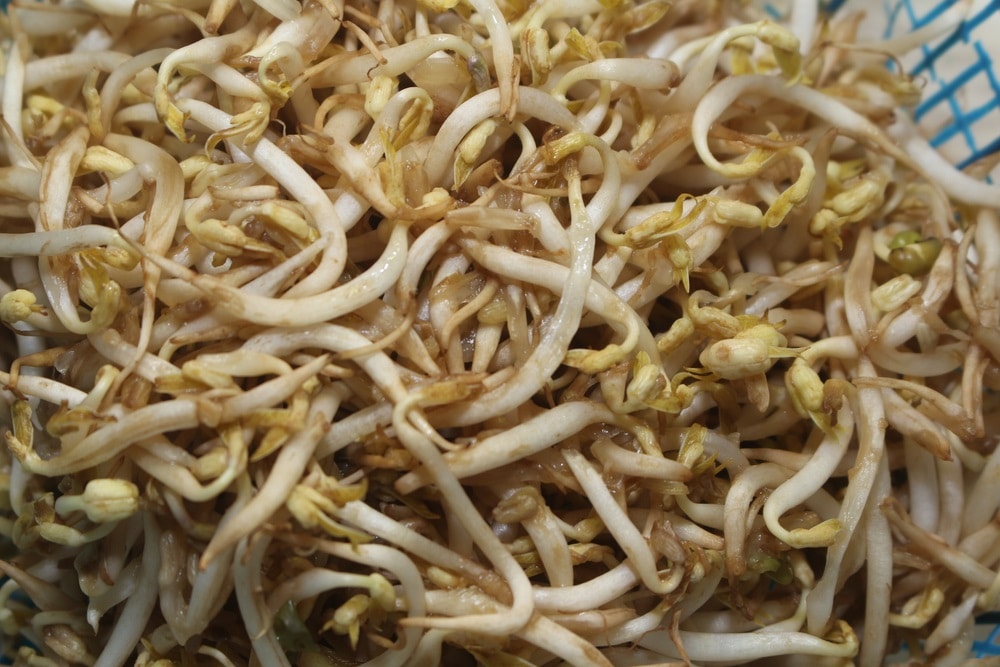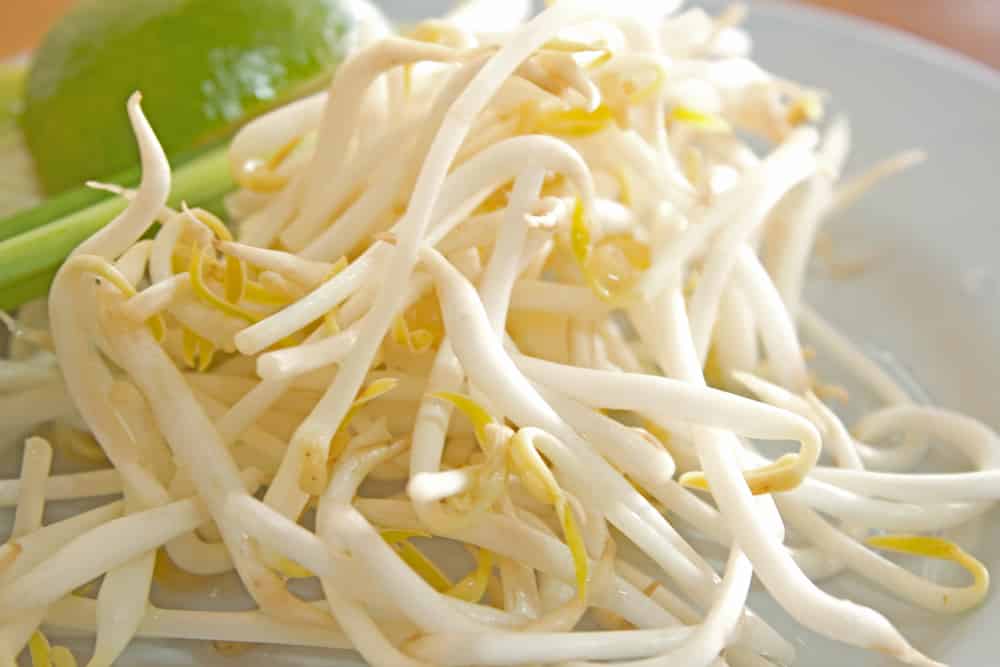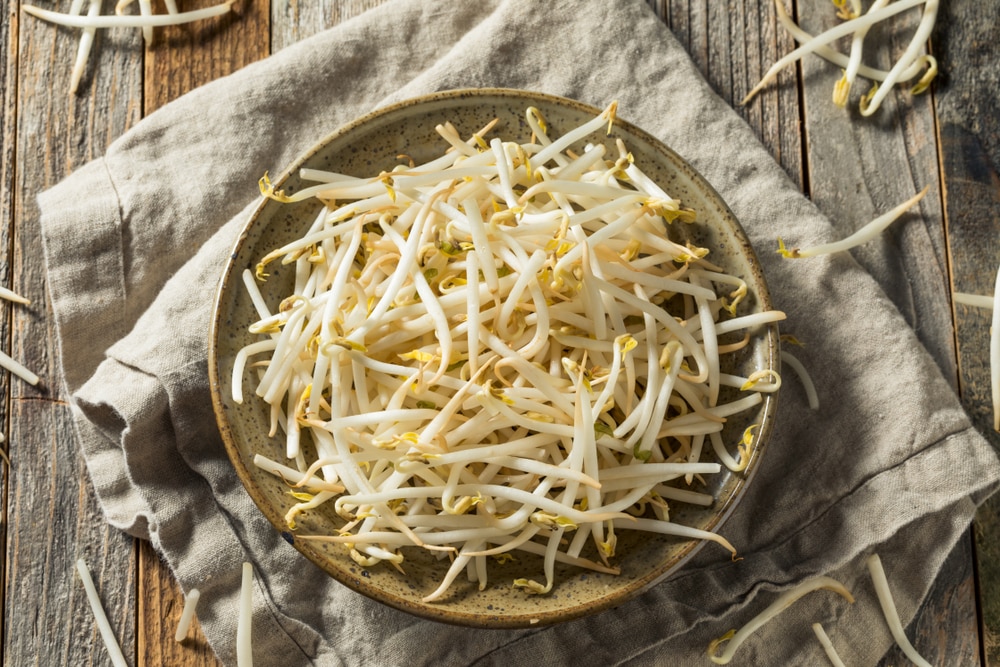
Bean sprouts are a high protein, low carb source of antioxidants and specific vitamins and minerals such as vitamin C, calcium, and iron.
Bean (usually mung beans) sprouts can be eaten raw by sprinkling them over salads or incorporating them into sandwich fillings. Cooked, they are great in Asian-style stir-fries or spring rolls.
While it is always best to use freshly bought ingredients for the perfect texture, flavor, and nutritional value, there is no harm in using food items that have been stored correctly for a few days.
Depending upon the type of food item and the storage conditions, you’ll have to keep track of the quality to get consistent cooking results. Make sure to avoid any food item with mold and foul smell.
Most fresh vegetables, including sprouts, can be stored in the fridge for up to a week provided they were fresh when purchased.
Recently there have been many questions on how to tell if bean sprouts have gone bad. If you’re also confused about the same thing, then the details below should give you a better understanding.
How to Tell if Bean Sprouts Have Gone Bad?
As with checking any food, your senses are the best guide and you should trust them. Use your sense of touch, smell, and sight to inspect the texture, odor, and appearance of the bean sprouts to determine whether or not they are in perfect condition.
- Touch
Fresh sprouts are firm, crisp, and never soggy. To test, try snapping one in half. If fresh, it will break cleanly. Old ones that have gone bad will be soft, mushy, or even slimy.
- Smell
Fresh spouts have a pleasant grassy aroma. Old or bad sprouts smell like decaying vegetation or have an unpleasant musty odor. If something smells unappetizing, you probably don’t want to be eating it!
- Sight
Fresh sprouts are a pretty green or white color, depending on the type. Bean sprouts should be white and glossy with yellowish or green tips. The colors should be clear and they should look like healthy miniature growing plants.
Spouts that have gone bad will look wilted, moldy and like something that should be put onto the compost pile.
How to Store Bean Sprouts for Optimal Freshness
While sprouts should be eaten within four days of purchase, if you store them correctly, you will be able to keep them in peak condition. We share with you here our two favorite ways of storing them.
1. Rinse the freshly purchased sprouts in clean, cold water. Drain them using a colander then place them on paper towels.
Store them in zip lock bags lined with paper towels to absorb any moisture that might make them go slimy. Keep the bags in the refrigerator crisper compartment until you are ready to use them.
2. Store the sprouts in the fridge in a covered bowl or jar of cold water to which a few slices of lemon have been added. The acidity in the lemons will keep any bacteria at bay.
To Conclude
Aside from the above pointers, you should learn to always rely on your instinct and senses. If you have even the slightest question about your bean sprouts or other food being bad, then there is no point in including these items in your diet.
You won’t enjoy the meal and it may even make you sick. Instead, toss them out, visit your nearest grocery store and grab a new batch.
That way, it will be much easier to create a phenomenal recipe while still enjoying the nutritional benefits of fresh bean sprouts.

